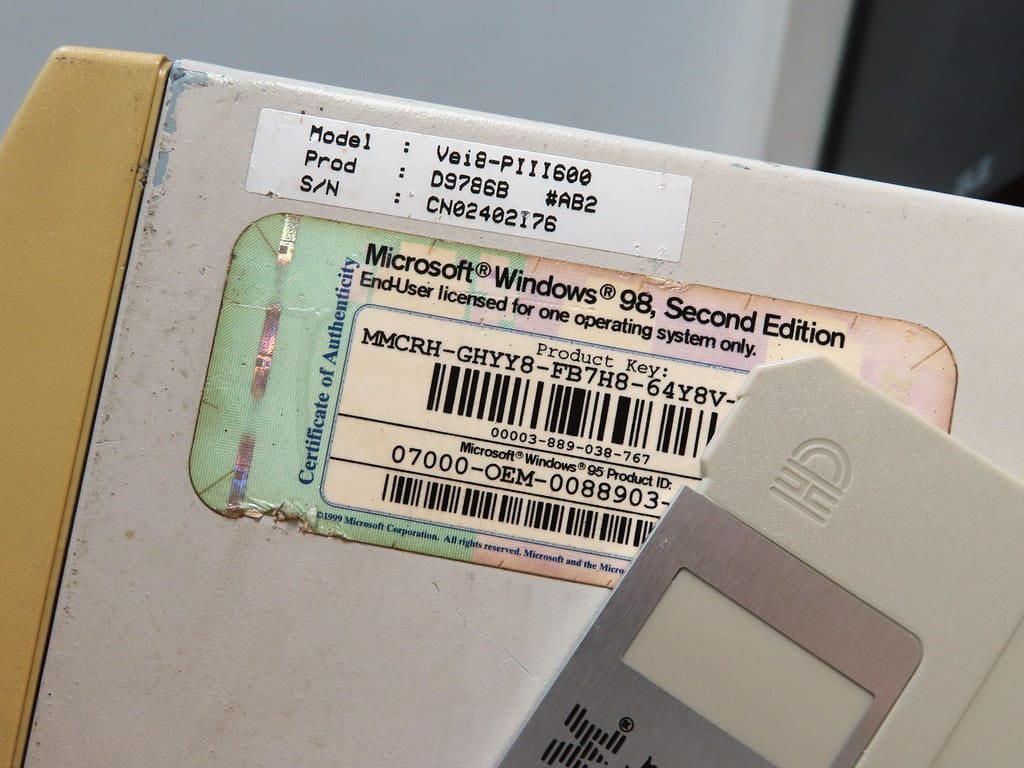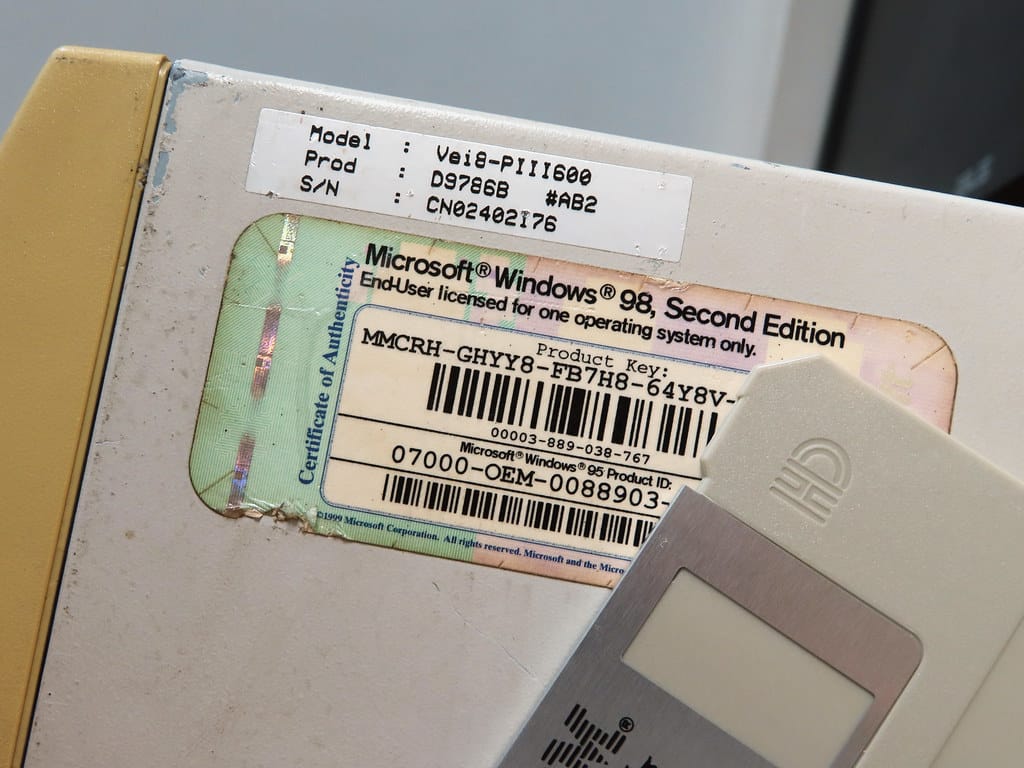Microsoft Purges Legacy Drivers from Windows Update in Major Cleanup Initiative
Microsoft has quietly begun removing thousands of outdated drivers from Windows Update, marking a significant shift in how the company manages hardware compatibility for its billion-plus Windows users. The move, which affects drivers dating back over a decade, signals Microsoft's commitment to improving system security and performance while potentially leaving some older hardware without official support.
The Great Driver Purge Begins
The tech giant's decision to delete legacy drivers from Windows Update represents one of the most substantial cleanup efforts in the service's history. Microsoft has been systematically removing drivers that haven't been updated in several years, with particular focus on hardware from the Windows 7 and Windows 8 eras.
According to industry sources, the purge affects thousands of driver packages across multiple hardware categories, including older graphics cards, network adapters, printers, and specialized peripherals. The company has not provided an exact count of removed drivers, but the scope appears to encompass hardware released before 2015 in many cases.
Why Microsoft Is Making This Move
Security Concerns Take Center Stage
The primary driver behind this initiative appears to be security. Legacy drivers often contain vulnerabilities that were discovered after their initial release, and many hardware manufacturers have long since stopped providing security updates for older products. By removing these potentially compromised drivers from Windows Update, Microsoft aims to reduce the attack surface for cybercriminals.
"Outdated drivers represent a significant security risk," explains cybersecurity expert Sarah Chen. "They're often the weakest link in an otherwise secure system, providing attackers with kernel-level access that can be devastating."
Performance and Stability Improvements
Beyond security, Microsoft is also focusing on system performance and stability. Legacy drivers may not be optimized for modern Windows versions, leading to compatibility issues, system crashes, and degraded performance. The company's data suggests that a significant portion of Blue Screen of Death (BSOD) errors can be traced back to problematic legacy drivers.
Impact on Users and Businesses
Home Users: Mixed Reactions
For most home users running modern hardware, the driver cleanup will likely go unnoticed. However, those clinging to older peripherals or vintage hardware may find themselves unable to download drivers through Windows Update's automatic process.
Gaming enthusiasts and retro computing hobbyists have expressed particular concern, as many specialized controllers, sound cards, and other peripherals from the early 2000s may lose their easy installation pathway. These users will need to rely on manufacturer websites, third-party driver repositories, or community-maintained archives.
Enterprise Implications
The impact on businesses could be more significant. Many organizations continue to use legacy equipment for specialized tasks, industrial applications, or simply due to budget constraints. IT departments may need to maintain local driver repositories or seek alternative solutions for older hardware that remains critical to operations.
What This Means for Hardware Manufacturers
The driver purge puts additional pressure on hardware manufacturers to maintain better support lifecycles for their products. Companies that have historically abandoned driver support after a few years may need to reconsider their approach as customers increasingly expect longer-term compatibility.
Some manufacturers have already begun extending their driver support timelines, while others are partnering with Microsoft to ensure their legacy drivers meet modern security standards before being removed from Windows Update.
Alternatives for Affected Users
Third-Party Solutions
Users affected by the driver removal aren't entirely without options. Several third-party driver update utilities continue to maintain extensive databases of legacy drivers. However, these solutions come with their own risks, as the drivers may not be as thoroughly vetted as those distributed through official channels.
Manufacturer Direct Downloads
Many hardware manufacturers still maintain driver archives on their websites, though finding and downloading the correct drivers can be challenging for less technical users. Some companies have improved their support pages in response to Microsoft's cleanup initiative.
Looking Forward: A Cleaner Windows Update
Microsoft's driver purge represents a broader trend toward prioritizing security and performance over backwards compatibility. While this approach may cause short-term inconvenience for some users, it aligns with modern cybersecurity best practices and should result in a more stable Windows experience for the majority of users.
The company has indicated that this cleanup is ongoing, with plans to regularly review and remove outdated drivers that pose security risks or compatibility issues. This suggests that the era of indefinite driver support through Windows Update may be coming to an end, pushing the industry toward more sustainable hardware support models.
For users and businesses alike, the message is clear: the days of relying on decade-old drivers are numbered, and planning for hardware refresh cycles should account for this new reality.

